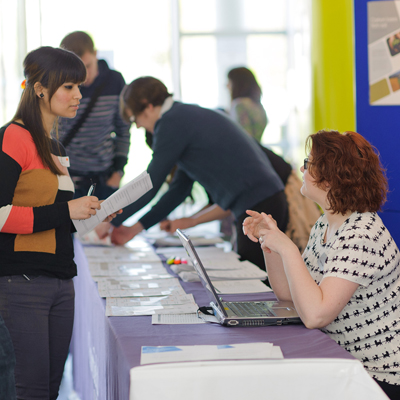.ashx?h=1200&w=1600&la=en&hash=CA526F289E333ADA8A152E381268852873F505BC)
- Unique research facility offering telecommunications test and development capability for the next generation of high frequency radio technologies
- Specialist support for SMEs developing new radio systems
- Key applications for terrestrial, aerospace and space-based telecommunications
A new multi-million pound antenna, radar and wireless communications facility, operated by MK:U, the new model university for Milton Keynes being developed in partnership by Milton Keynes City Council and Cranfield University, has been opened.
The cutting-edge research laboratory, with a team of experts in place, is set to help businesses in the region test and develop new radio frequency products, with expected applications in aerospace, healthcare, space and mobile telecommunications.
The facility is equipped to support the next generation of high frequency radio technologies and offers exceptional capabilities for chip, communication system and antenna development all in one facility.
The laboratory has a suite of state-of-the-art test and measurement radio frequency (RF) equipment which will also have applications for radar and remote sensing, industrial sensors, the telemedicine and remote healthcare monitoring sector, telecommunication service providers and smart living technologies.
Facility and experts to address UK commercial and research needs
Dr Ivor Morrow, Senior Lecturer in Antenna and Electromagnetic Systems Engineering, said: “This is a unique national and potentially international facility that addresses the UK’s commercial and research needs, offering test and measurement services and expert support.
“The facility and its team of experts will bridge the gap between costly prototype design and development of RF technology in the mobile communication, aerospace and space engineering sectors.”
Development of the facility, called the Centre for Antenna & Communication Technology Innovation (CACTI), has been made possible with funding from the Getting Building Fund approved by South East Midlands Local Enterprise Partnership (SEMLEP). The centre is operated by MK:U and is hosted on the Cranfield University campus.
CACTI will be available for use by industry, government and academia. It will assist the region’s SMEs in developing new RF technologies that require sophisticated measurement equipment and specialist knowledge to finalise product application and manufacture.
Professor Lynette Ryals OBE, Chief Executive of MK:U, said: “Secure and reliable communication technology is critical to the development of our future economy, mobility and society. We’re delighted to work with our partners to open this cutting-edge facility that will support and encourage both new and established businesses to develop the next generation of amazing communications technology in the UK.”
Accelerating research, skills and development in communications technology
Judith Barker, Director of Programmes and Governance at SEMLEP, said: ‘We are delighted to have supported the development of MK:U through this new facility at Cranfield and the Innovation Hub via the Government’s Getting Building Fund approved by the SEMLEP board in 2020. Together, their contribution to research and skills, and support for local businesses and jobs have helped put the area at the forefront of technological development.”
BJ Tan, Vice President and General Manager of Keysight’s General Electronics Measurement solutions, one of the partners who have provided equipment for project, said: "As the wireless communications ecosystem continues to build, Keysight will contribute solutions that will enable the UK to accelerate the research, development and education of communication technologies.
“Keysight and MK:U will establish a collaborative framework to accelerate research and development in the communications technology ecosystem. Having this leading research partnership will enable breakthrough research and developments, which will propel industry innovations for years to come."
Future radio frequency opportunities
Conventional radio frequency applications tend to be below 10 GHz while future radio frequency opportunities and application such as 5G and 6G, autonomous radar, remote sensing, aerospace and low earth orbit satellite communication systems utilise much higher radio frequency spectrums.
The new facilities offer test and measurement capacities and tools spanning 1-170 GHz, embracing technology characterisation from device physics to communication waveform or radar systems performance.






